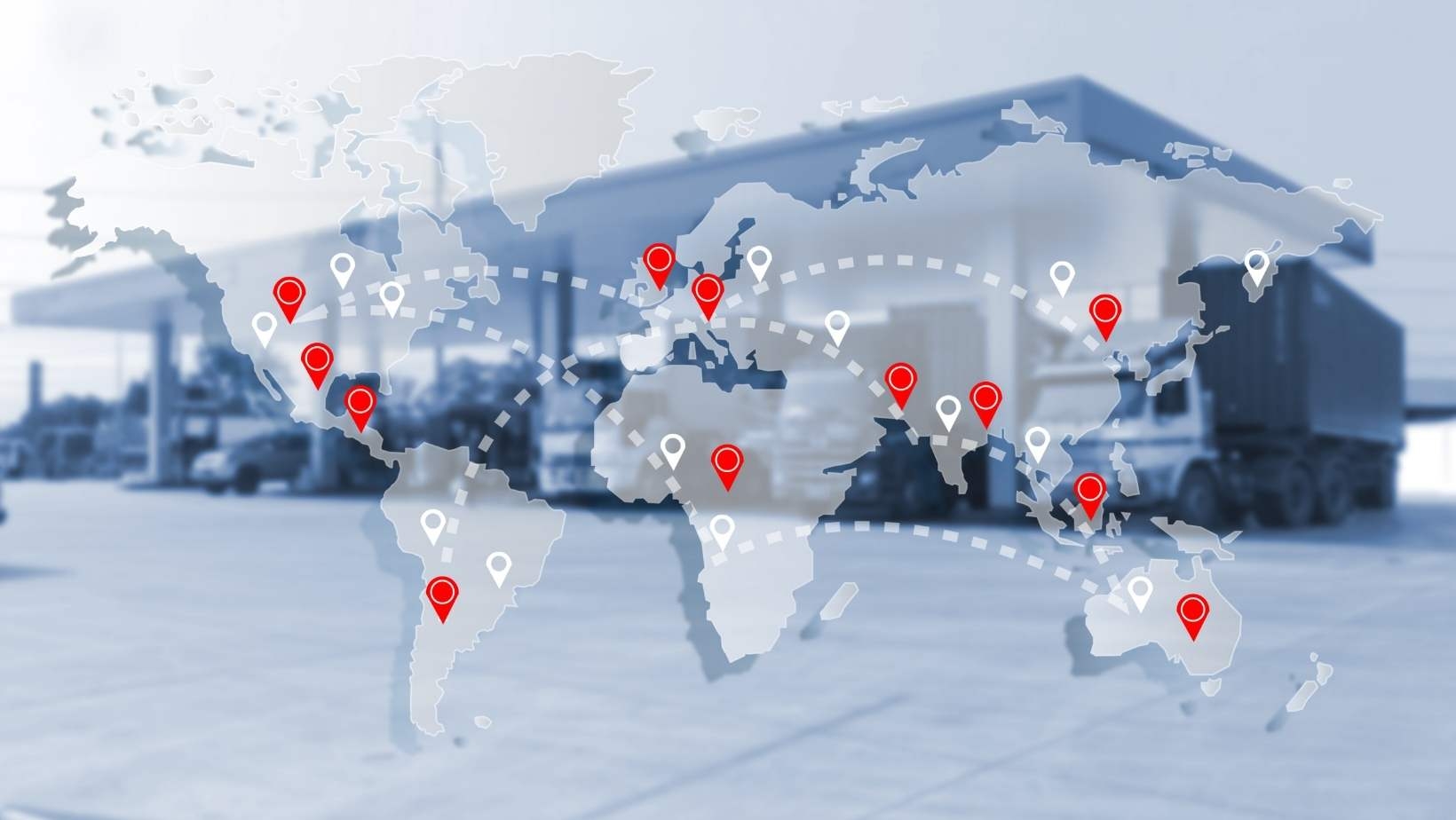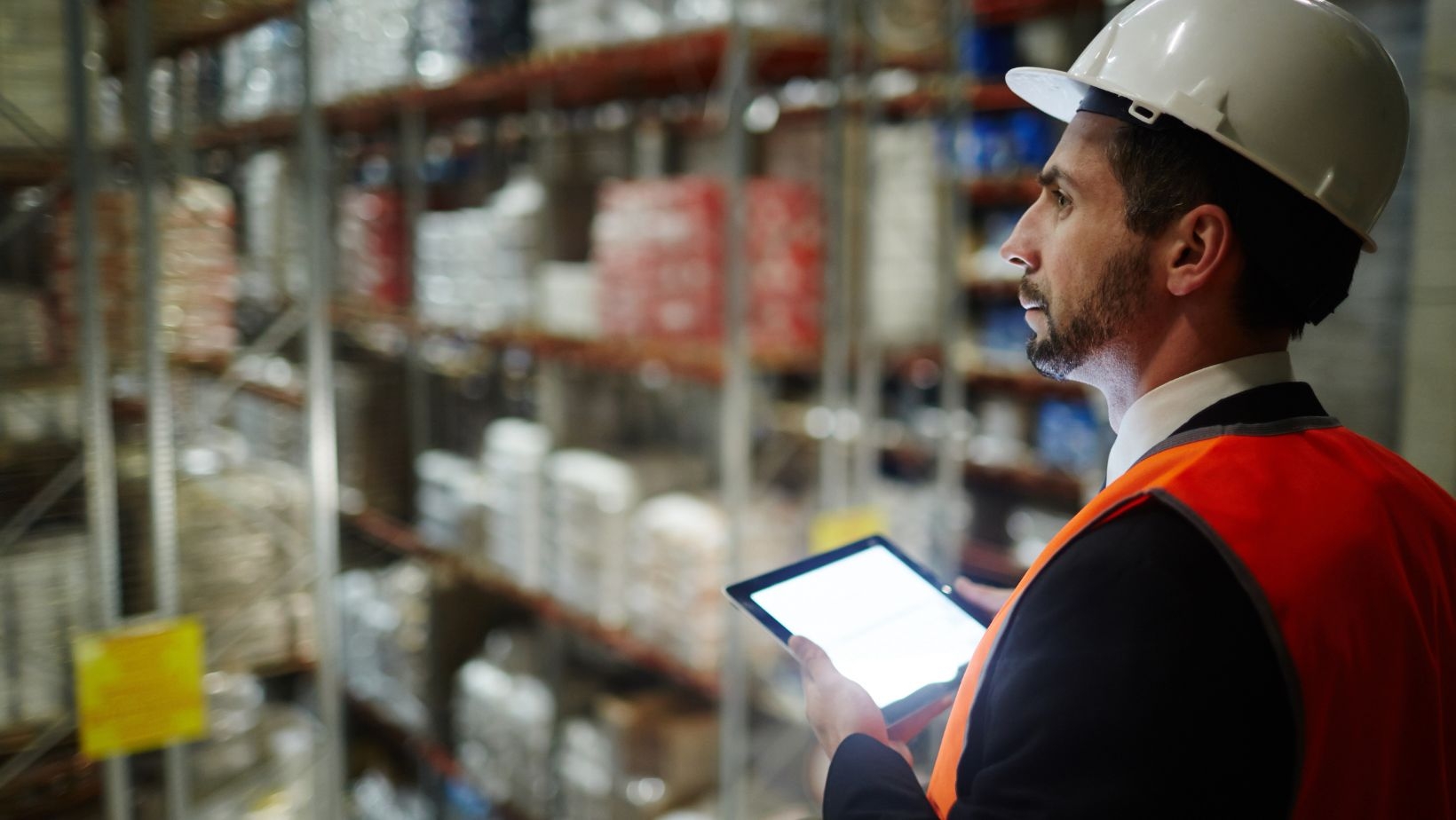Tips -Aug 22, 2022
FCA vs. FOB: What They Are and Differences

SimpliRoute
Logistics
Industry
Distribution
Import and export businesses encounter shipping delays due to confusing transportation rules in different countries. The International Chamber of Commerce has provided a solution with the creation of policies like FCA and FOB policies. Although they seem similar, there are differences between FCA vs. FOB.
FCA, FOB, and Incoterms
FCA and FOB are certain aspects of international commerce called Incoterms. They establish concepts related to international delivery introduced in 2010 under International Commercial Terms. Their goal is to minimize the confusion businesses encounter when transporting materials between countries. Without policies like FCA and FOB, companies are unsure of the rules, let alone the representatives responsible for them.
Issues related to trade costs, risks, and responsibilities are addressed by the 11 Incoterms. They clear up questions of who is responsible for all delivery steps. Countries and shipping organizations that contractually agree to the Incoterms must abide by them in all situations. Overall, FOB tends to be the Incoterm sellers select. The main reason is they want to move the risk to the customer as quickly as possible. Conversely, buyers are more likely to select FCA. Here, more of the risks and costs fall on the seller.
What is FCA?
FCA stands for Free Carrier and applies to all transport modes (truck, train, ship, etc.). It's also in effect if the parties use more than one mode of transport. For instance, materials arrive at a port via ship and get delivered to the storage and distribution locations via train.
Under FCA guidelines, the buyer collects the goods from the seller's location. Further, they load the materials onto the customer-owned transports or those of a third-party company that delivers the goods to another site. In this case, the FCA agreement must clearly state the alternative delivery point. Associated risk for the products shifts from the seller to the buyer once the goods are loaded.
What is FOB?
Free On Board (FOB) trade applies to goods that travel by sea or an inland waterway like a lake or river. In this Incoterm, the delivery of goods is complete once they're on board the shipping vessel. Port of shipment details is provided within the FOB agreement.
The buyer is given more responsibility under FOB. For instance, they bear the risk and additional costs once the goods get loaded onto the designated vessel. The seller's job is to place the goods on the transport and verify approval from customs.
Differences Between FCA and FOB
There are differences between FCA vs. FOB when it comes to international delivery. Here are a few examples.
Invoices
There are no differences in delivering what is sold. Both FCA and FOB require the seller to make the best effort possible to provide all products listed in the invoice. Further, descriptions must match the cargo.
The Mode of Transport
All modes of transport are available under an FCA. These include trucks, shipping vessels, trains, and aircraft. Two transportation modes are allowed under FCA. Conversely, FOB only allows product delivery via the sea or inland waterways.
Delivery to the Buyer
For FOB, delivery of goods occurs when the seller places the cargo on the vessel. The buyer determines this mode of transport ahead of time. Further, the seller must agree to the terms.
FCA also considers a delivery successful when the seller loads the items on a transport. In this circumstance, the buyer permits a third party to ship the material to another location. Again, this decision takes place during initial FCA discussions.
Transfer of Risk
Transfer of risk is a primary consideration when shipping products. It determines the party responsible for ensuring safe transport. Who takes the risk differs between FCA vs. FOB.
The buyer is responsible for post-transaction risk under FCA. The burden is transferred from the seller once they arrange transport. On the flip side, the buyer takes on most of the risk. These include arrangements regarding delivery and the vessel used for the transport of materials. The seller takes responsibility if they hire another party to place products on the shipping vessel.
Clearance by Customs
Both FCA and FOB require the seller to clear their products through the respective customs agency before loading them onto the buyer's vehicles. They're also responsible for any duty fees or taxes connected to the clearance procedures. When approval becomes delayed, the seller and buyer have to state who's responsible for the potential losses since the Incoterms don't detail this information.
Supporting Documentation
The seller is responsible for submitting the proper supporting documentation for FCA and FOB. These include a certificate of origin, ingredient list, and material safety data sheet. If approval by customs officials becomes delayed due to the lack of sufficient paperwork, the buyer and seller must determine who pays for the potential losses.

